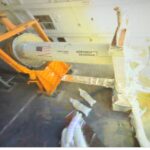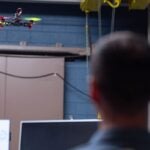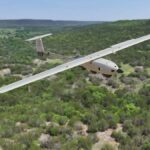
A SpaceX Automated Flight Safety System (AFSS) for the company's Falcon 9 rockets permitted three launches within 11 days of one another in May and early June, U.S. Space Force (USSF) said. AFSS is to replace the ground-based Flight Termination System, which requires USSF personnel to use radar, telemetry, and other data to initiate and track launches and to abort them, if a rocket goes awry. Federal Aviation Administration (FAA)-approved AFSS provide GPS and tracking data aboard rockets to permit…














